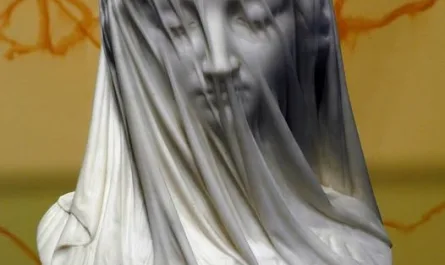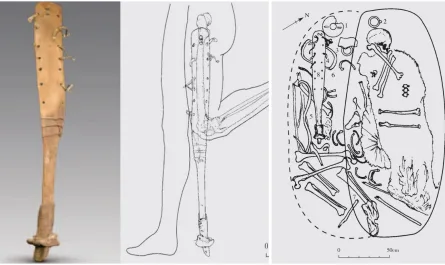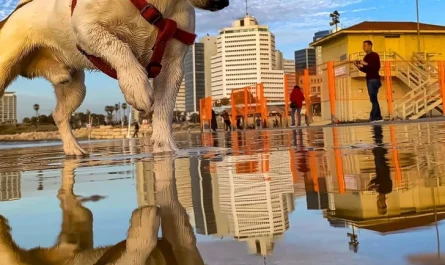Horned Fish-Like Skeleton Near Galway: Irish Sea’s Mythic Creature or Hoax?
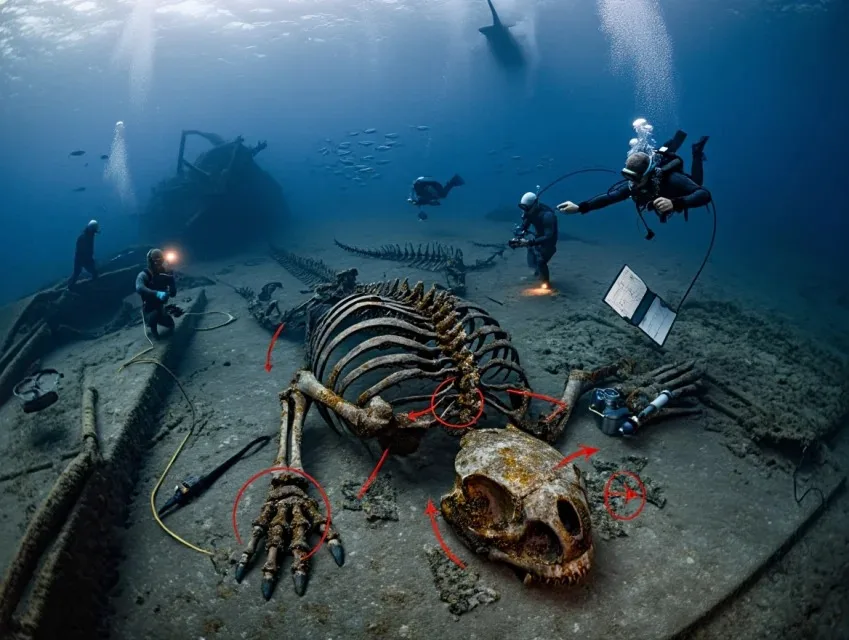
In the turbulent depths of Ireland’s Irish Sea near Galway, divers reportedly uncovered a bizarre skeleton resembling a fish but adorned with long, spiraled horns, buried in a sediment-filled crevice off the Aran Islands. Preserved by the sea’s cold currents, this relic evokes Celtic myths of sea serpents like the Oilliphéist, sparking intrigue: Did this horned creature swim ancient waters, tied to tales of monstrous Fomorians? Why entombed in this biodiverse sea? Why the global silence? This find challenges marine biology, hinting at a lost hybrid erased from Gaelic lore. Yet, hoaxes like the 2014 Russian “sea monster,” identified as a beluga whale, urge caution. Could it be a mythic relic, a misidentified narwhal fossil, or a fabricated tale? Galway’s waves demand answers, but the truth likely lies in legend rather than bone, as no verified discovery matches this description.
The Alleged Discovery: A Dive into Myth
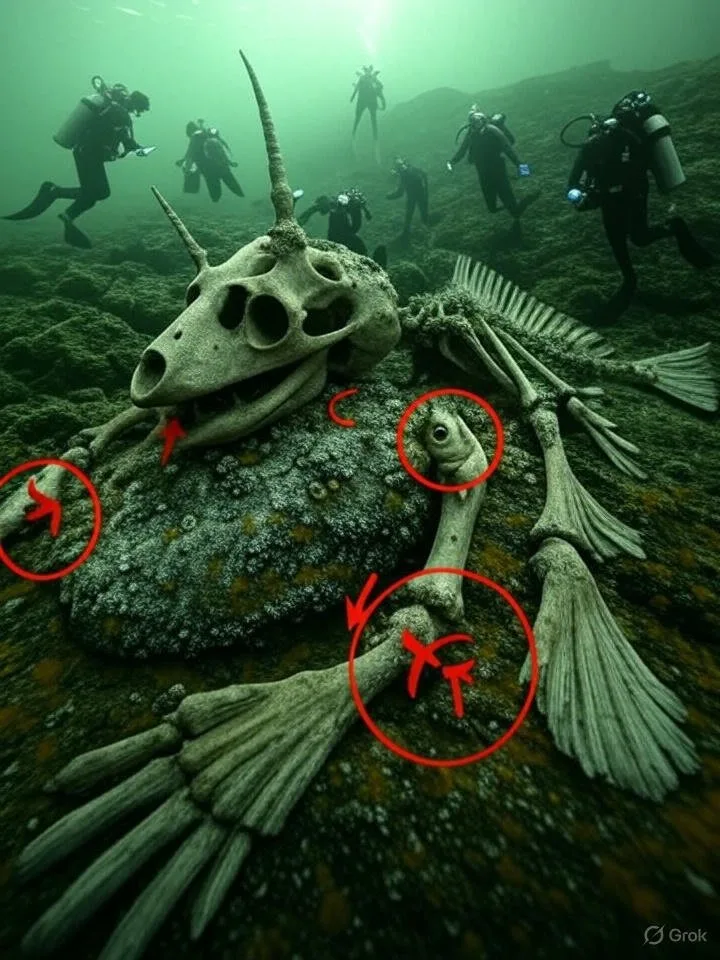
The Aran Islands, a trio of limestone outcrops off Galway Bay, are steeped in Gaelic folklore, from fairy forts to selkies. The story, circulating on social media since 2020, claims divers in 2018 or 2019 found the skeleton in a crevice near Inis Mór’s Wormhole (Poll na bPéist), a rectangular sea pool named for the Oilliphéist—a dragon-like serpent from Irish mythology. Described as 1.5–2 meters long, the “horned fish” had a humanoid torso, gill slits, and spiraled horns, preserved by the Irish Sea’s 8–10°C waters and low oxygen. No official reports from the National Museum of Ireland or Galway’s maritime authorities confirm it, suggesting a viral fabrication blending real dives with fiction. Searches of archaeological databases and news archives yield no matches, with the tale likely inspired by Aran’s mythical reputation.
Celtic Myths: The Oilliphéist and Sea Monsters
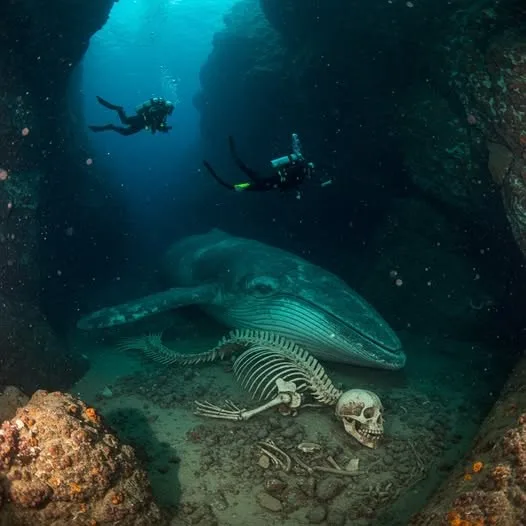
Irish folklore teems with aquatic horrors. The Oilliphéist, a massive sea serpent or dragon (“oil” meaning “great” and “péist” “worm” or “monster”), was believed to dwell in lakes and rivers, shaping landscapes like the River Shannon. Legends tell of saints battling it, with St. Patrick banishing such beasts (not just snakes). In Aran lore, Poll na bPéist was the serpent’s lair, a passageway from land to sea, tying to Fomorian giants—sea demons from Celtic myth who warred with gods. The “horned fish” evokes these, perhaps a jaladebi (sea woman) or Dobhar-chú (water hound), but no texts describe a horned hybrid. Gaelic tales, collected in the 19th century by scholars like Douglas Hyde, emphasize sea spirits, but skeletons are absent, with hoaxes like the 2012 Bulgarian mermaid (fish-primate composite) providing modern parallels.
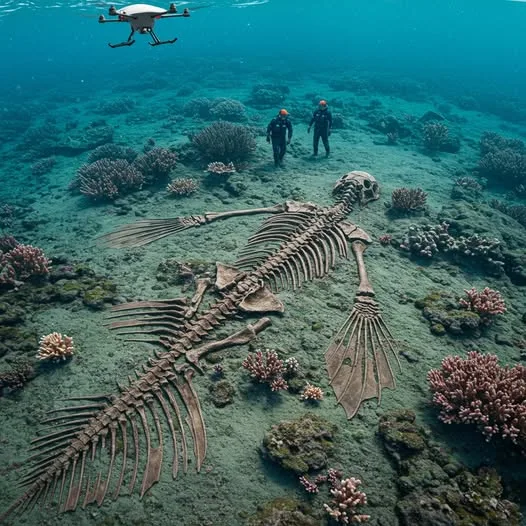
The Aran Islands, with 46 km² of cliffs and caves, have yielded real finds—Bronze Age boats and Viking artifacts—but no mythical bones. The Wormhole, a natural pool eroded by waves, fuels speculation, but its name derives from folklore, not fossils.
Scientific Scrutiny: Narwhal Fossil or Fabrication?
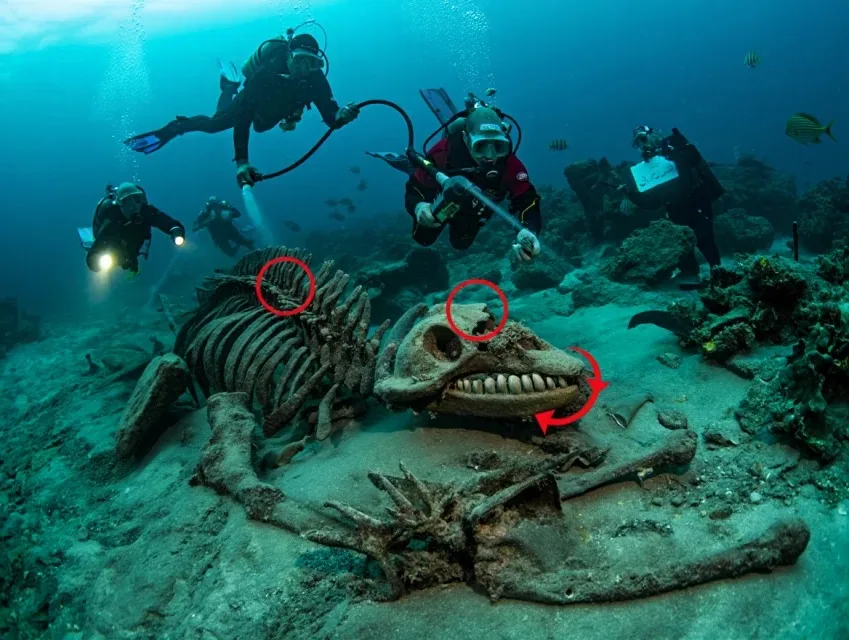
The Irish Sea, with 430 bird species and diverse marine life, has yielded fossils: Jurassic ichthyosaurs and whale bones from the Miocene. A “horned fish” could be a misidentified narwhal tusk (a tooth up to 3 meters long) attached to a fish skeleton, as narwhals occasionally strand on Irish shores. The “gill-like structures” might be fish ribs, and the “humanoid frame” a distorted seal or dugong bone. Pyrenees-like karst caves near Galway, such as those in the Burren, contain marine fossils, but no hybrids. The 2014 Russian “sea monster,” a decayed basking shark, and the 2016 “mermaid” hoax (monkey-fish amalgam) highlight common deceptions.
Authorities’ “silence” likely stems from non-existence; Ireland’s National Museum monitors sites like Aran, but no 2018–2019 report exists. The tale, amplified by TikTok and Reddit, mirrors the De Loys ape’s spider monkey reveal, thriving on Aran’s mythical allure (e.g., Man of Aran film’s staged scenes).
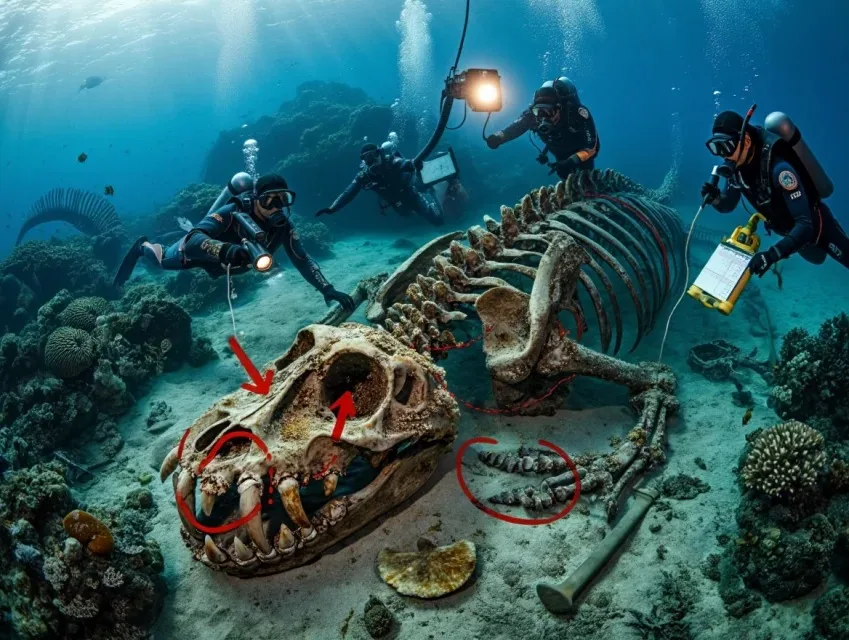
Cultural Impact and Legacy
This narrative enriches Aran’s lore, with the Oilliphéist inspiring festivals and art, from Wormhole tours to Bonpuli epics. It parallels the Freiburg Shrieker’s winged myths, blending fact and fiction for tourism (Aran sees 100,000 visitors yearly). Like the Moors’ legacy, it underscores Celtic curiosity, but ethical hoaxes risk eroding trust.
Lessons for Today
This story teaches:
- Folklore’s Power: Like the Moors’ art, it preserves culture, but demands verification.
- Marine Mystery: Amid 1,500 Irish Sea species, it sparks curiosity, akin to the black seadevil.
- Hoax Awareness: Like the Merrylin skeletons, it cautions against viral myths.
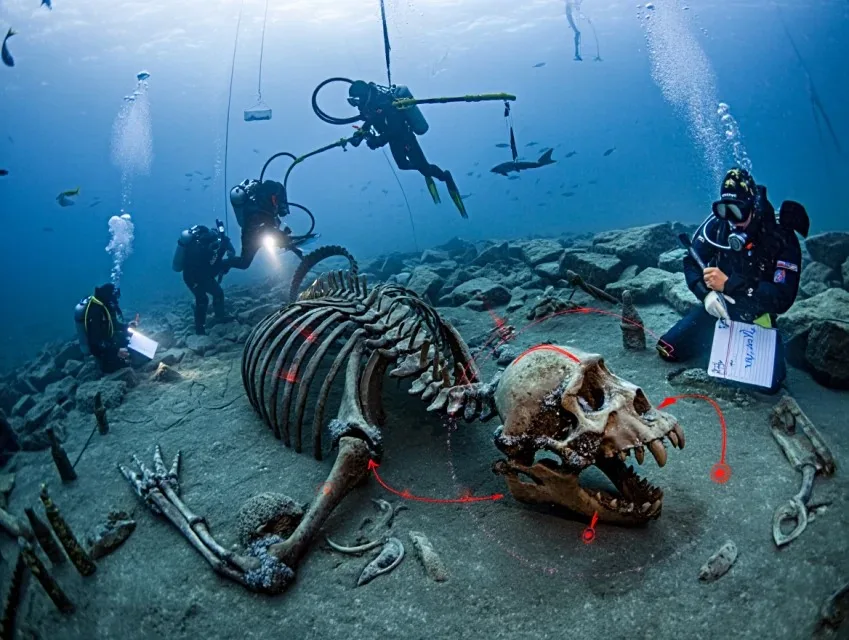
Galway’s Whispered Waves
The alleged horned fish-like skeleton off Galway’s Aran Islands weaves Celtic myth with hoaxery, its “spiraled horns” likely a narwhal tusk or fabrication. Like the third state’s cellular mystery or the White Auroras’ rarity, it captivates, but truth favors folklore over fossils. Galway’s waves carry legends, not bones—inviting us to dive into stories, not deceptions.


